Driving a slow car fast: The Alfa Romeo Sprint and the “Top Gear Theory”
Posted on Jan 23, 2014 in Featured | 2 comments

This contribution comes to us from Australian reader and Alfisti Steven Wade, who recently acquired a 1986 Alfa Romeo Sprint. We asked for his take on the car, as well as his opinion on the pseudo-infamous “Top Gear Theory” of Alfa Romeo ownership. Steven is also passionate about Saabs, and is the founder of the Saabs United website.
I only heard this saying for the first time late in 2014: “It’s more fun to drive a slow car fast than it is to drive a fast car slow.” I think it sums up my motoring experience quite nicely, including my most recent purchase.
My name is Steven Wade. I live in Hobart, on the wonderful island state called Tasmania, Australia. On Christmas Eve 2014, I handed over $1,100 (about $860.00 in U.S. dollars) and took possession of a 1986 Alfa Romeo Sprint.
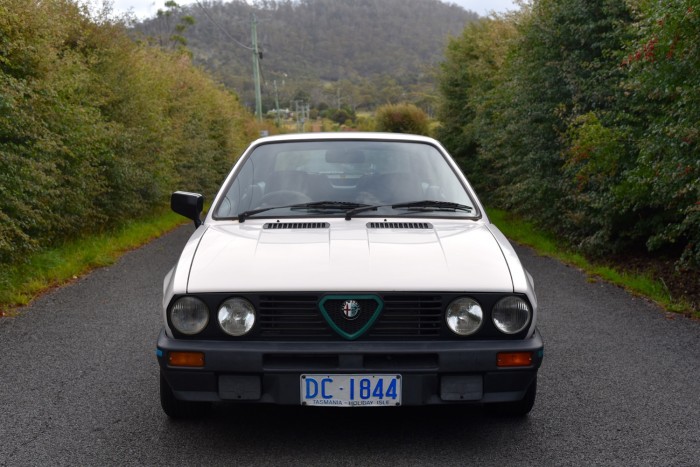
The Alfa Romeo Sprint.
In the 1970s, Alfa Romeo took a left turn from their traditional twin-cam, four cylinder cars and starting producing a small car with a 4 cylinder boxer engine—the Alfasud. The ‘Sud featured MacPherson struts at the front, a Watts linkage rear, four-wheel disc brakes, with the front brakes positioned in-board to lower the car’s unsprung weight. That was a pretty nice setup for 1972.
The 1.2 litre boxer produced just 63hp, but with a super-low centre of gravity and a curb weight of just over 800kg (1,760 pounds), the Alfasud was revered for its ability to carve up a curvy mountain road. It was so successful that Alfa produced nearly 900,000 of these little critters over an 11 year period up to 1983.

An additional 124,000 Sprints were made in two series—the first based on the ‘Sud and the second based on the 33 that replaced the ‘Sud in 1984. The first series was called the Alfa Romeo Alfasud Sprint before reverting to the simpler Alfa Romeo Sprint for the second series. Whilst more or less identical to the ‘Sud/33 underneath, the Sprint was clothed in a low-slung coupe design reminiscent of the larger Alfetta from the 1970s.
By the time my Sprint rolled off the production line in 1986, the 63hp 1.2 litre engine had grown to a 1.5 litre twin-carb unit pushing out 105hp. The original Alfasud was replaced by the Alfa Romeo 33, and the Series 2 Sprint followed suit, being built on the updated 33 chassis. The brakes were moved outboard, the exterior and interior were both updated (not to everyone’s liking), and there was a slight weight gain over the years, but the Series 2 Alfa Sprint remained a wonderfully engaging car to drive.
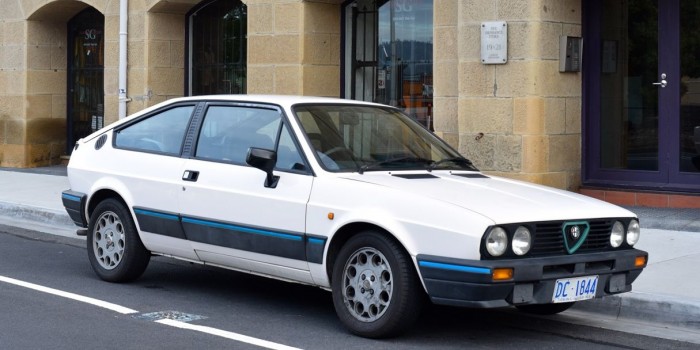
My Alfa Romeo Sprint.
When I bought my Sprint, it hadn’t been registered for six years, though the car was in pretty good condition for a 29-year old Alfa. I managed to get it home, but I was left wondering just what I’d done. There was only one rust patch of particular concern, and the driver’s seat cloth was both worn and torn, which is commonplace for this model. The six-year-old fuel was stale, and the car spluttered all the way up our considerable hill. The handling was sloppy, too, which had me concerned until I had a look at the under-inflated tires.
Like most cheap cars—especially those with even a small amount of pedigree—my Sprint came with a laundry list of jobs that needed doing. The water pump was dead, and as the Alfa boxer engine relies on a timing belt, it made sense to do both at once. The clutch was a little sketchy, so some fresh fluid and a pedal adjustment were in order. I also put the car in for a full fluids service.
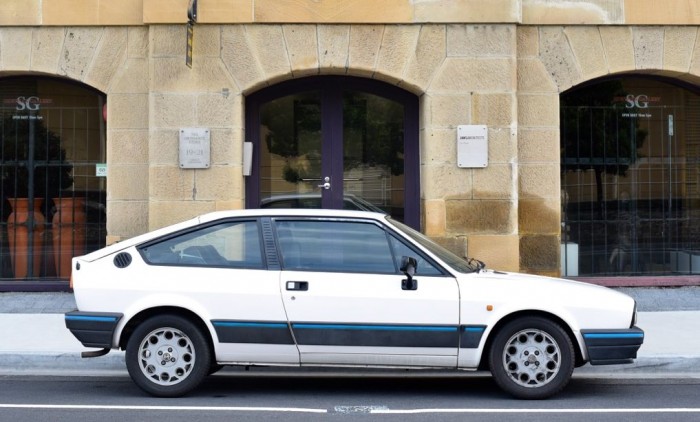
With that done, it was time for its inspection, which is part of the process for re-registration down here. The good news? My little Alfasud Sprint, after sitting idle for six years, required nothing more than a windscreen washer motor repair to pass inspection!
On the road.
The Sprint will happily tootle along in traffic at 3,000 RPM or lower, and the first time I owned a Sprint—back in the late 1990’s—that’s all I did. It wasn’t until just before I sold it that I learned how to make it come alive: The trick to driving any boxer-engined Alfa is that the magic only really starts to happen when you get the needle closer to 4,000 RPM.
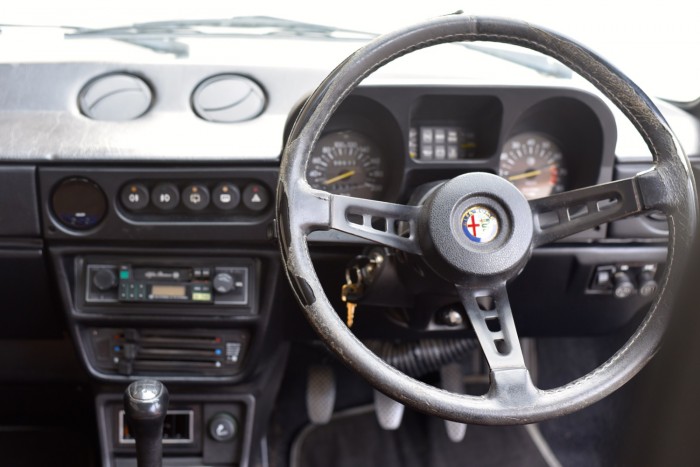
Driving the Sprint in this way is a bit like doing a tango with a Doberman Pinscher. Neither of you really know what’s going on, and it could all go wrong at any minute. But you like it, and your only real worry is whether or not you’ll both still be functioning normally when it’s all said and done.
The Sprint feels supremely nimble when its in the zone. There’s no power steering, so turning the wheel produces a very direct response. Even with my car’s 29-year-old suspension, cornering is amazing fun, and the best bit about a Sprint is that you don’t have to be driving stupidly fast to feel like you’re having the best time in the world. The car is so small, so low to the ground, that you’re constantly in go-kart mode—smiling from one apex to the next—and there’s every chance you’re having all this fun while still under the speed limit. Except when you’re not, which may be a frequent occurrence.

The Sprint’s 1.5 litre twin-carb is no powerhouse but it has good torque for a car this size and it’s very rev-happy. The engine redlines at 6,500 RPM, and it encourages you to use every last one of them.
Of course, Alfas being Alfas, you do have to watch your temperatures. And despite its great handling (or maybe because of it), the limits of adhesion on those skinny tires are not hard to find. And the one law of physics you don’t want to test in a Sprint is the one about what mass and acceleration mean when brought to an abrupt halt. By a tree. The Sprint feels solidly built when you open and close the doors, but when you can push in a front guard with just a little leg pressure as you’re leaning over the engine bay, your mind goes back to all those stories about the cheap Eastern European steel Alfa (and others) were rumoured to be using at the time.
On The Inside.
Inside, the ergonomics are… unconventional. The pedals are left-of-centre. The driving position is classic ’70s Mediterranean, built for shorter legs and longer arms. The seats were made by Recaro, however, and they’re wonderfully comfortable, even with all the rips and worn fabric.
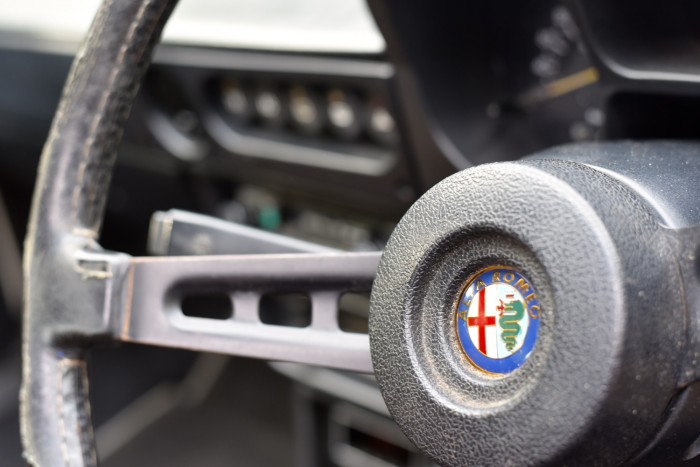
The driver controls are a confusing mix. The heater doesn’t have a fan switch on the centre stack, for instance. To turn on the fan, you pull down the stalk on the right side of the steering column. You twist the same stalk to turn on the wipers.
To illustrate how this lack of orthodox switchgear can affect your day…..
I needed to use the car’s horn a few days ago to alert a lady in a carpark to my presence as she was reversing towards me. I pressed the centre button on the steering wheel—the customary position for a horn—only to remember that a Sprint’s horn is operated by pulling the fan/wiper stalk towards you. I have a slight crease in my front wheel arch as a reminder now (yes, she reversed into me).
The left stalk operates the indicators in the traditional up/down fashion, and the lights when you twist.

My car is a rare Sprint in that the dashboard has no cracks, and the heating seems to work okay. The car was originally fitted with air conditioning, but it rarely gets hot enough here in Hobart to use it, so I had it removed. I think it would have sapped 30 percent of the car’s performance if it did work, anyway.
Here’s a quick walk-around video of an Alfa Romeo Sprint. I made this video in a rush a few months ago. Note that this is not my car. It’s a Series 1 Sprint that belongs to a friend of mine, and being a Series 1, it looks a little different to mine. In fact, with those wheel arches and wide tyres, it looks pretty different to most Sprints. Excuse the amateur quality, but I hope you enjoy it anyway—especially the engine noise.
Top Gear Theory
The guys at Top Gear (in)famously opined that you can’t call yourself a true petrol-head unless you’ve owned an Alfa Romeo. The Sprint is my fifth Alfa, so I can see where they’re coming from, but I happily concede that it’s a contentious line that often gets people’s noses out of joint.
The essence of the theory is that there are few brands in the world that can deliver such extreme pleasure and such dire frustration, often on the same day. Alfa’s not the only brand that offers this experience, of course. But it’s probably the most storied brand to do so, with the best-looking cars and the most romantic automotive history.
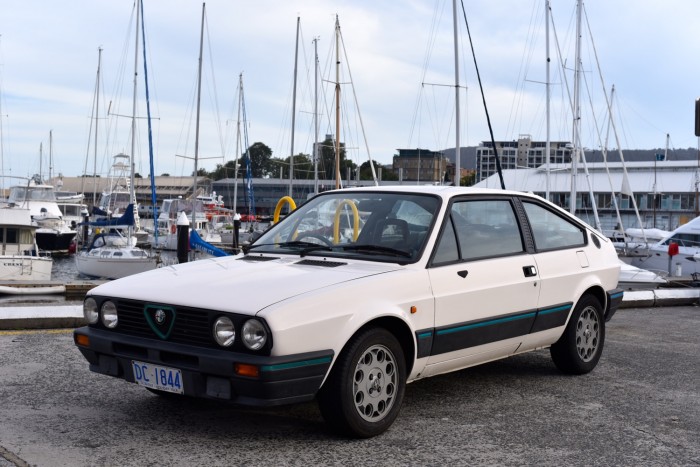
How has this theory worked out with respect to my Sprint?
I’ve had it on the road for three weeks now, and it’s been absolutely wonderful to drive—when I can drive it. It’s running a little warmer than I’d like. The radiator was replaced with a good second-hand unit just before I got it registered. I ran it on straight water for a few days to clean out the system a little more before draining and cleaning the system, and then replacing the water with coolant.
It ran okay for about a week, but still a little warmer than I’d like. It was approaching the 3/4 mark on the gauge, and this was in regular driving without pushing the car much at all. Remember, this is a car that only really comes alive above 4,000 RPM. You want to be able to take it there and keep it there.

I figured it might be a problem with the thermostat, so I ordered a new one. Most thermostats are a small part that sits inside a housing. To replace a thermostat, you undo the housing, replace the old thermostat with a new one and close the housing up again with a new gasket. With the Sprint, however, the thermostat is sealed inside the housing and you have to buy a whole new housing. This comes at a cost of $100, compared to around $10 for a regular (sensible) thermostat.
I replaced the thermostat and topped up the coolant, hoping my problems would be over. They aren’t. As of the time of writing, my car is still running too hot, which is why I couldn’t shoot any video of it to accompany this story.
This is the kind of frustration that the Top Gear theory refers to. The Sprint is an excellent little car when it works, but supremely frustrating when it doesn’t.
I’ll figure it out, and soon. And when I do, you know I’ll have a grin from ear to ear. Despite the frustration, I’ve got one of the prettiest and most fun little cars of the 1980’s, and it cost me next-to-nothing.
You can’t get better than that.







.gif)


If you’ve ever owned a Fiat, you fully understand and appreciate the theory. They’re not fast, but they sure are fun to drive; at least until they rust away!
Exactly! I have a non-rusted (rare!) Fiat Spider 2000 with fuel injection. It’s been sorted and is extremely reliable. I really enjoy this car. The “Slow Car Fast” theory definitely applies. At 65 mph it feels and sounds like you are flying. I call it – “Thrill Without the Bill” – ‘bill’ referring to a speeding ticket.